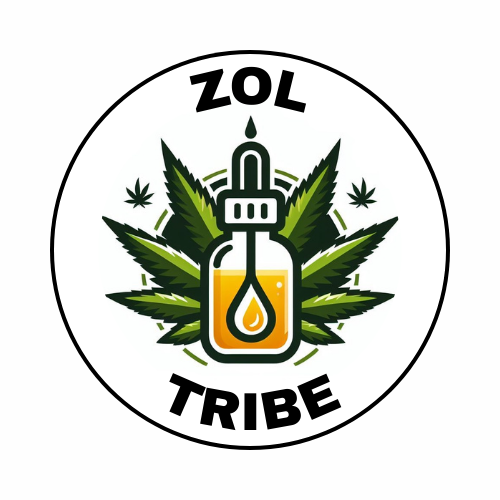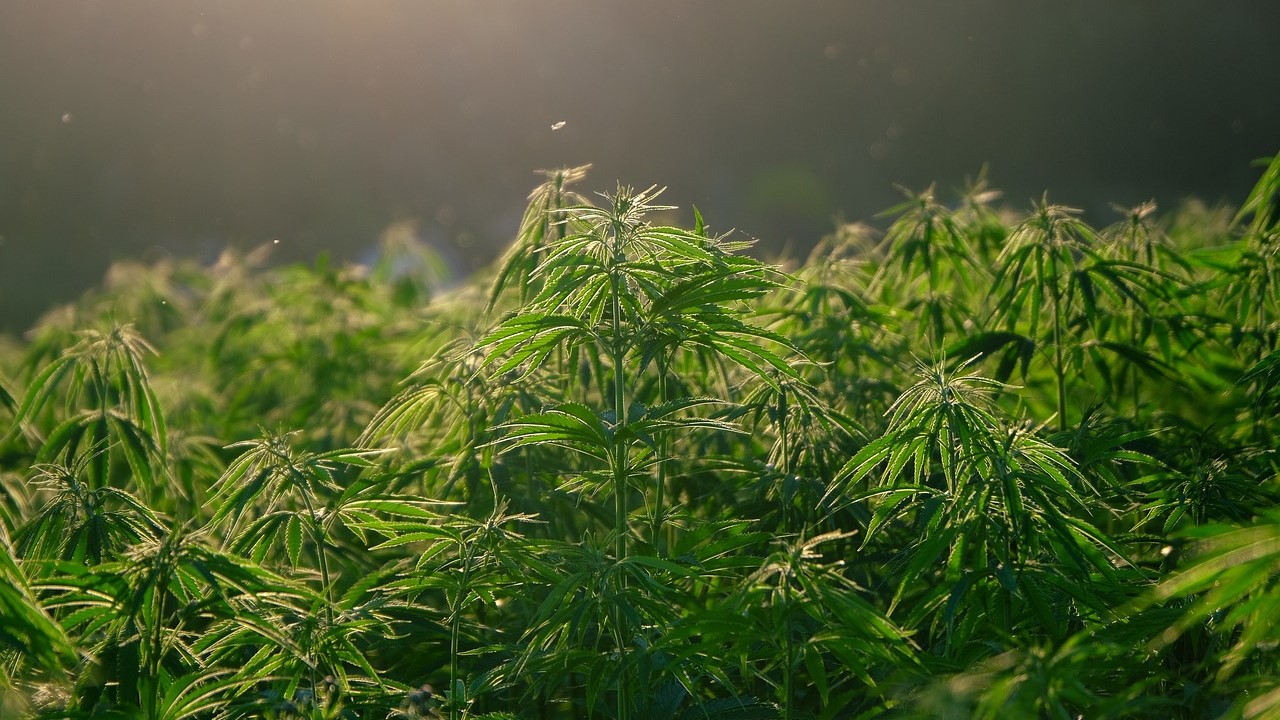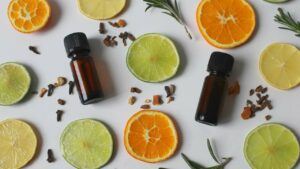It’s common for people to get confused about the differences between cannabis vs hemp vs marijuana. Some people think they are the same thing while others believe that they come from two different plants and are not the same at all.
Hemp and Marijuana are actually just two different names for cannabis. Cannabis is a flowering plant that belongs to the Cannabaceae family. According to scientific research conducted in the field of botany, hemp and marijuana are the same (Small & Cronquist, 1976; Small, 2015; Pollio, 2016).
However, cannabis-related laws in the United States (and other jurisdictions where cannabis is legal) differentiate pretty heavily between the two. This is because one has THC and the other does not. THC is the chemical compound found in cannabis that gives one the feeling of being “high” that people experience when they smoke or eat cannabis with THC in it.
Let’s delve deeper into exactly how these vary and what you need to know before buying any of the different products made from them.
What is Cannabis?
Cannabis products come from the plant Cannabis Sativa L (hemp plant). People have been using dried leaves, seed oil, and various other parts of the cannabis plant for recreational and medicinal purposes for many decades.
Some of the compounds in Cannabis are mind-altering while others are not. The potency of the mind-altering compounds depends on the manufacturer and how the plant is processed.
Cannabis is known to consist of 500+ chemical compounds. These include cannabinoids, terpenoids, flavonoids, nitrogenous compounds, as well as other chemical compounds naturally occurring in plants. Each of these types of compounds is responsible for various aspects of the plant. Terpenoids, for instance, give cannabis its odour, while flavonoids are responsible for its colour. Cannabinoids, on the other hand, are the active compounds. Cannabis has about 120 known cannabinoids. The most abundant ones are THC and CBD. These are the ones most people have heard of and the ones you might see labelled on products.
A short detour via science: Olivetolic acid serves the precursor to some of the most well-known cannabinoids. This acid is synthesised into cannabigerolic acid (CBGA), which is known as the “parent” cannabinoid. CBGA is then synthesised by delta-9-tetrahydrocannabinolic acid (THCA) synthase and cannabidiolic acid (CBDA) synthase to produce THC acid and CBD acid, respectively. These acids are then further synthesised via a process of non-enzymatic decarboxylation to produce delta-9-tetrahydrocannabinol (THC) and cannabidiol (CBD). These two cannabinoids are arguably the most well-known and most studied of all cannabinoids.
THC is responsible for the psychoactive effects (i.e. the feeling of being “high”), while CBD is responsible for the calming and sedative effects of the plant. Viewed in isolation, CBD has fewer effects, but is still said to be able to help with anxiety, chronic pain, and low appetite among other illnesses.
Cannabis in all forms, including hemp and marijuana, can have serious effects on the human body. You should always check with a doctor before using any of the products. You also need to check the laws of the state or country you are living in to ensure you are not using a product illegally.
What is Hemp?
According to the law, hemp is cannabis that contains 0.3 percent or less THC in its dry weight content. The THC level in hemp is so low that it’s very unlikely for someone to get high with hemp.
Regarding the limits of THC content, 0.3 percent is the threshold that was specified in the US Agricultural Act of 2018, meaning that this is the percentage that is used for selling and distributing hemp and other cannabis products in the United States.
What is Hemp Used For?
Hemp can be used for a number of different applications. You might have even seen products at your local supermarket like hemp seed, hemp milk, hemp protein powder, or hemp oil.
Hemp is considered to be nutritious and can contribute to a more balanced diet for consumers. Hemp can also be used to make paper, textiles, clothing, animal feed, and plastic.
Hemp grows faster than trees, so some people are turning to hemp to make paper and other products since it’s more sustainable and more environmentally friendly.
What is Marijuana?
Most people are probably familiar with marijuana as it is used interchangeably with the term weed. Depending on where you are in the world, it may be referred to as pot, zol, grass, Mary Jane, dope, herb, dagga, kif, ganja, mota, pakalolo, etc. This proves the universality and ubiquity of marijuana across world cultures. When people are talking about weed, they are usually referring to cannabis that has enough THC to give you that high feeling when consumed or smoked.
Marijuana is cannabis that is more than 0.3 percent THC by dry weight. THC content can vary by cannabis plant, though, so you may have one that has a much higher percentage of THC than another one.
What is Marijuana Used For?
Marijuana can be used for medicinal and recreational purposes. Many people choose to smoke or inhale it. The peak of euphoric feelings after smoking occurs about 10 to 30 minutes after the first inhalation and wears off in about two hours.
Alternatively, marijuana may also be ingested. After ingesting, you will probably feel the effects in about an hour, and the feelings will peak in about 2.5 to 3.5 hours.
Marijuana can also be used topically. This allows the THC to enter the body over a prolonged period. This is a solution for many people who use marijuana for inflammation and pain relief.
Legal Issues
Although the main difference between hemp and marijuana is the percentage of THC, there is also a major difference when it comes to the legality of each. Hemp with less than 0.3 percent THC can be grown throughout the United States, Canada, and the EU. Hemp-derived CBD products are also federally legal.
In 2008, Lesotho became the first African country to legalise the cultivation and processing of cannabis for medicinal uses under license. A 2018 landmark decision in South Africa’s highest court decriminalised marijuana for private use. Progress took a step further in 2020 when the SA government legalised cannabis for medicinal and industrial uses, and set a THC limit of 0.2 percent for hemp.
Steps have also been taken to legalise or decriminalise the cultivation of cannabis for industrial and medicinal purposes in Zimbabwe, Zambia, Kenya, Uganda, Ghana, and the DRC.
Cannabis that contains more than 0.3 percent THC is not federally legal. State laws vary, however. You may live in a state or country that allows recreational marijuana, medicinal marijuana, or both. You might also live in a state or country that allows neither. Always check your local laws to ensure you are not growing or buying anything illegally.
Ongoing Research
The NCCIH is currently funding many different studies to investigate the properties of cannabis and how it can help people with certain illnesses and diseases. The studies mainly focus on the effects of cannabis and its compounds on the human body, and their potential ability to help people manage symptoms of various ailments.
The results of these studies will allow people to better understand the difference between hemp and marijuana. It will also allow people to know which product they can use for pain relief.
They are also studying the effects of cannabis on smoking and type 2 diabetes. A variety of cannabis products are being used in these studies including hemp, CBD, and marijuana.
Final Thoughts
Cannabis is a plant that has many different uses. It’s the plant that produces many well-known cannabinoids such as THC and CBD. Hemp has a THC content of less than 0.2-0.3% and is legal in many different states across the US as well as a growing number of countries around the world.
You can buy hemp products ranging from hemp paper to hemp milk. Marijuana has a THC content greater than 0.3 percent. It’s only legal in some states and a few countries around the world.




